The Power of Tristel Chlorine Dioxide
Our globally trusted chlorine dioxide chemistry: Fast-acting and effective across diverse healthcare applications.
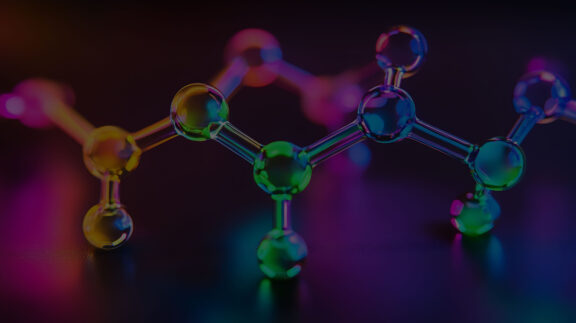
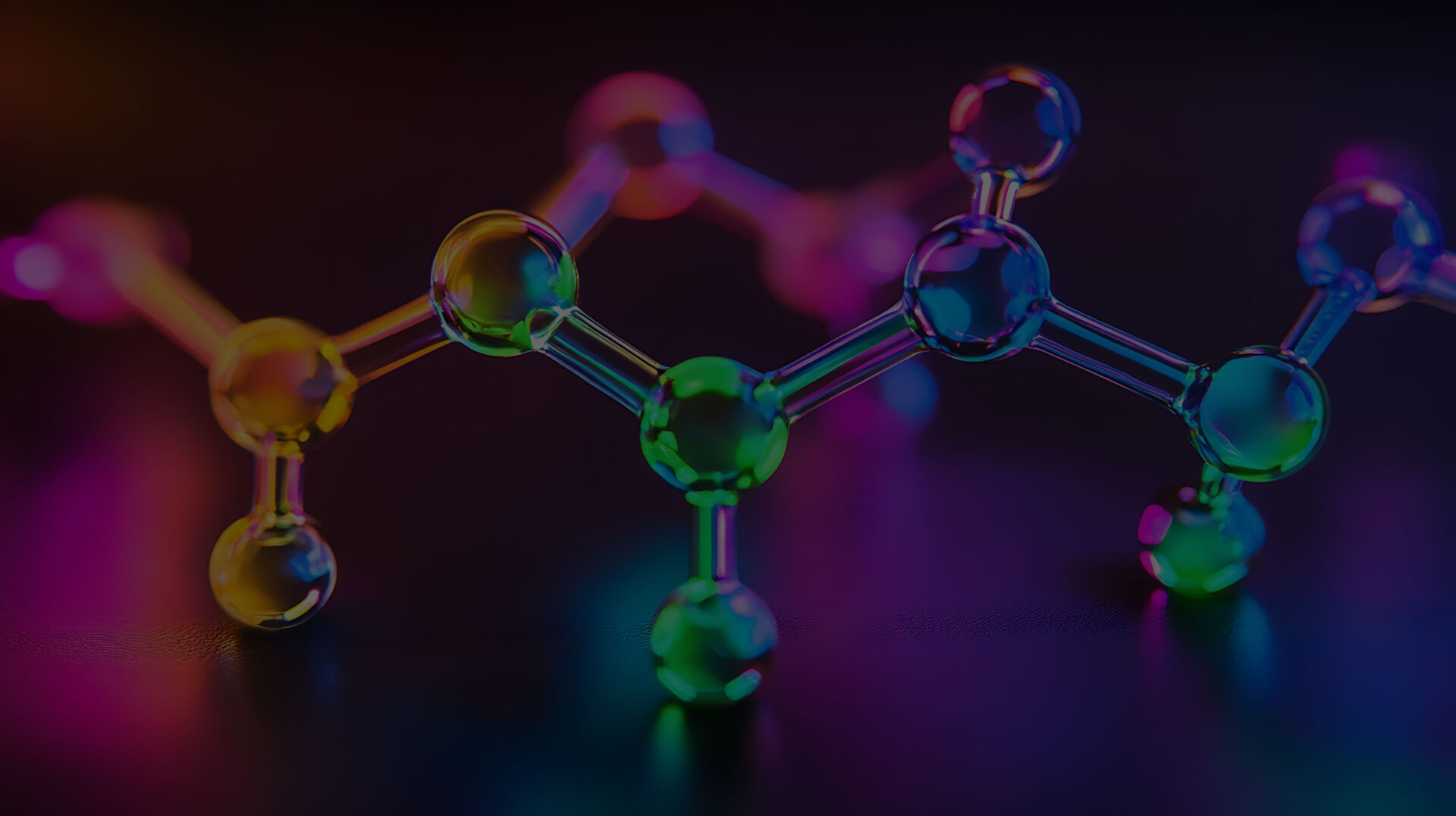
Our globally trusted chlorine dioxide chemistry: Fast-acting and effective across diverse healthcare applications.
Our proprietary chlorine dioxide (ClO2) chemistry, is generated by reacting sodium chlorite with citric acid. Tristel ClO2 delivers efficient disinfection at the point of care across diverse medical fields.
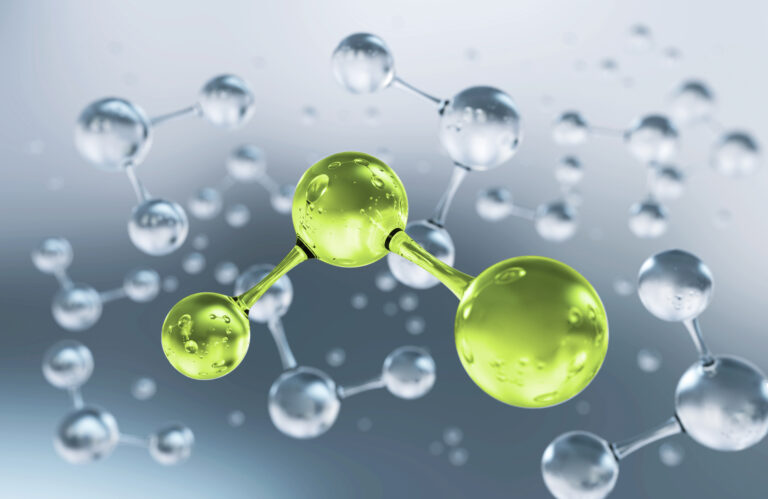
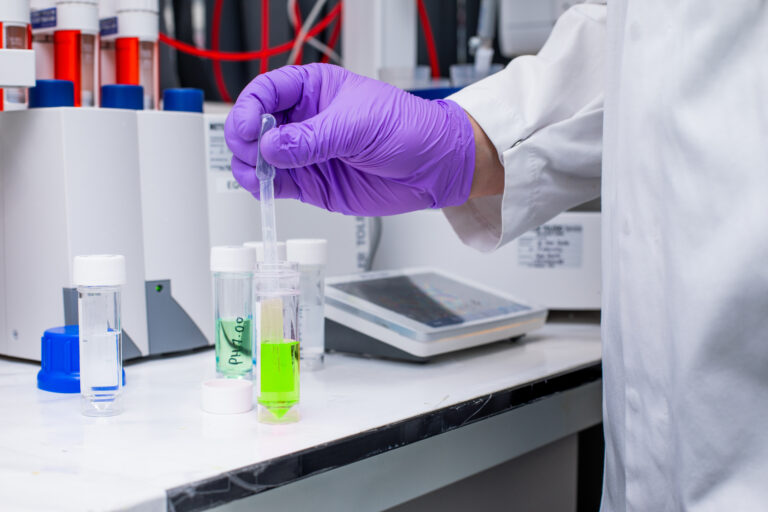
As an oxidiser, ClO2 reacts by taking electrons from microorganisms, ultimately destroying them. This mode of action prevents the development of resistance to ClO2.

Chlorine dioxide (ClO2) provides a selective oxidative mode of action, with a higher affinity for organic matter and microorganisms than nonorganic materials.
This selectivity and enhanced oxidative capacity allows chlorine dioxide to provide efficacy in Tristel products at relatively low active concentrations, enhancing our compatibility with device and surface materials commonly found in healthcare settings.
Chlorine dioxide destroys bacteria, fungi and yeast by blocking protein production, damaging proteins, modifying amino acids and disrupting DNA. For spores, ClO2 targets and severely disrupts the inner cell membrane, ensuring effective disinfection.
Our chlorine dioxide chemistry has been proven effective against a broad spectrum of organisms from enveloped viruses to bacterial spores.

Our product portfolio harnesses the power of Tristel’s chlorine dioxide chemistry for effective disinfection. Designed for healthcare and beyond, they ensure simplicity, while meeting the highest hygiene standards.
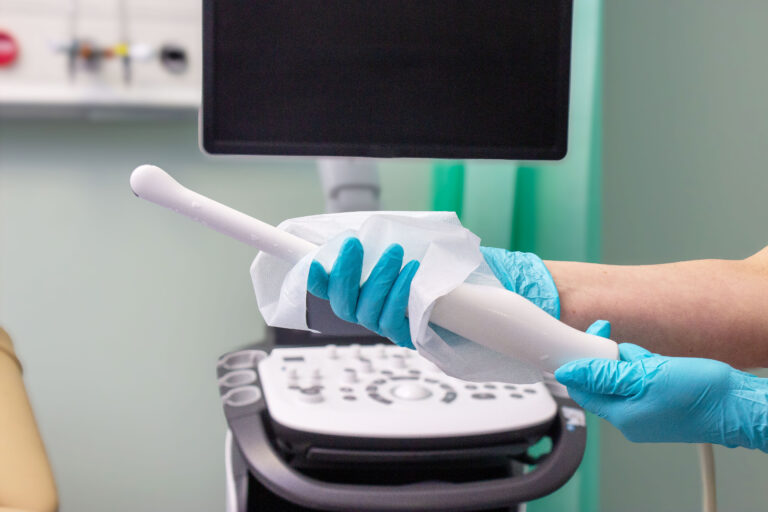
Medical Device Reprocessing
Harnessing the power of Tristel’s chlorine dioxide chemistry, our product portfolios offer effective disinfection solutions. Designed for healthcare and beyond, they ensure simplicity while meeting the highest hygiene standards.
Latest News



